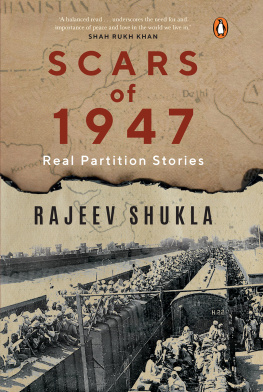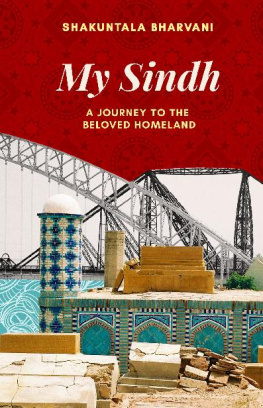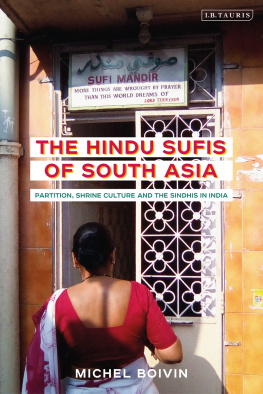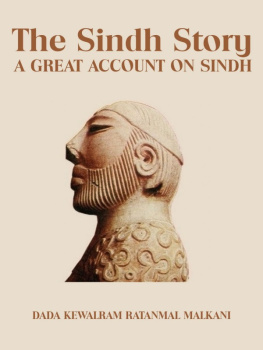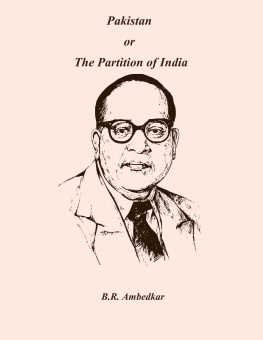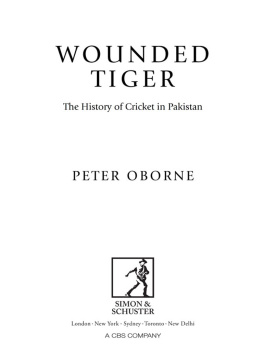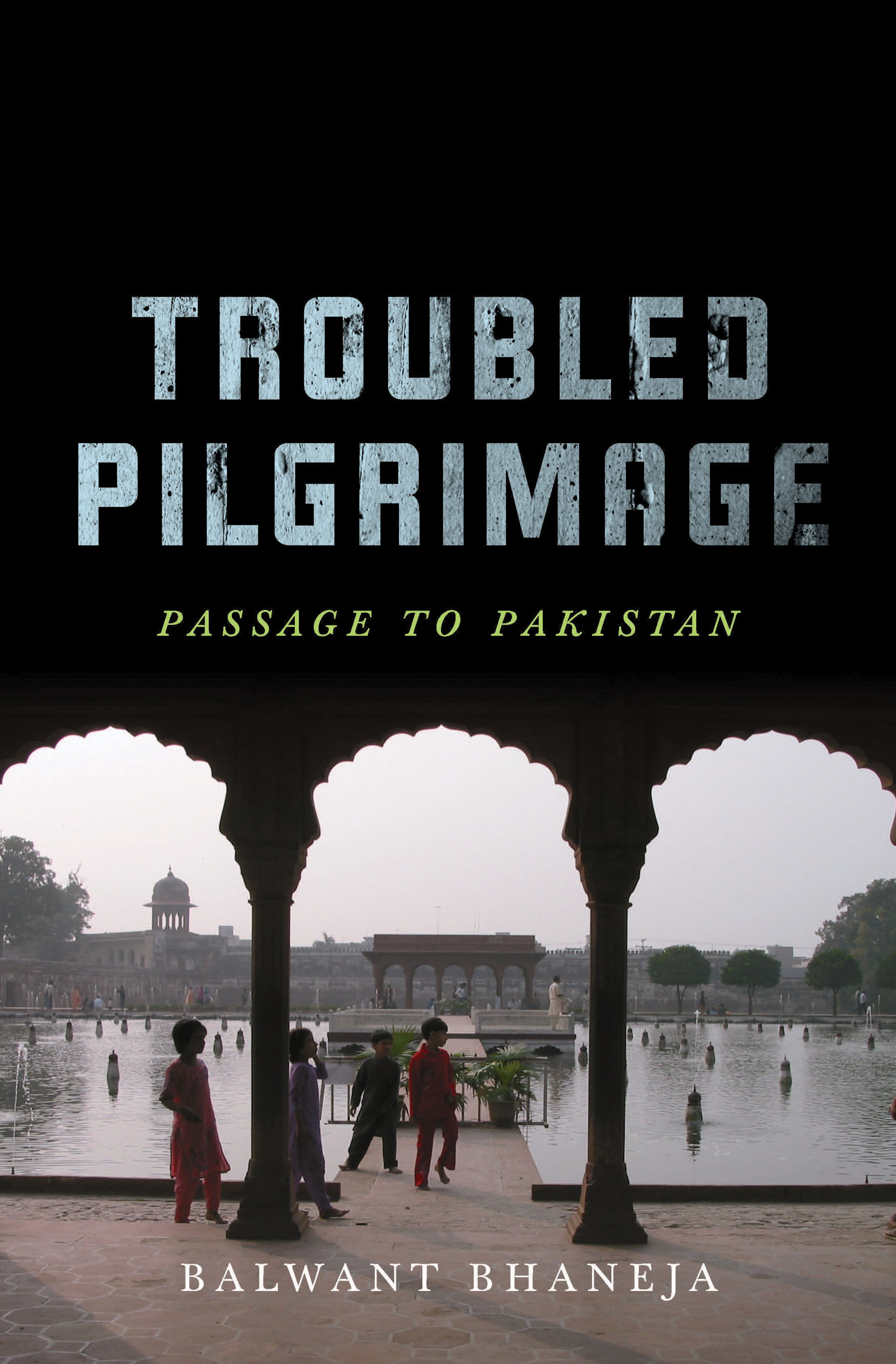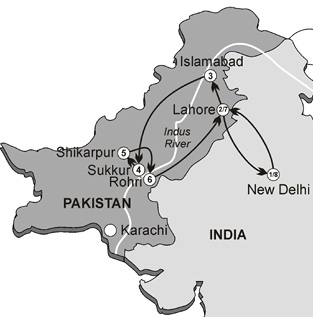2013 Balwant Bhaneja
Except for purposes of review, no part of this book may be reproduced in any form without prior permission of the publisher.
We acknowledge the support of the Canada Council for the Arts for our publishing program. We also acknowledge support from the Government of Ontario through the Ontario Arts Council.
We acknowledge the financial support of the Government of
Canada through the Canada Book Fund for our publishing activities.



Cover design by Ingrid Paulson
Cover photo by Stuart Hughes
Journey map by Jom Evans Pim
Cataloging Data Available from Library and Archives Canada
ISBN 978-1-927494-35-6
TSAR Publications
P. O. Box 6996, Station A
Toronto, Ontario M5W 1X7
Canada
www.tsarbooks.com
1. Preface: Partition and Refugees
It was from New Delhi that I began my journey to Sindh. It was also from New Delhi, four decades earlier, that I had left for Europe, from where I would proceed to my future home, in Canada. Searching for our roots comes to us either in our youth as we try to shape our identity as distinct from that of our parents, or much later when we realize that our core self cannot be separated from the culture and heritage in which we were born.
The first time I became aware of Sindh, or those who came from there, the Sindhis, was one September morning as a six-year-old when I saw a group of dishevelled people with my father approaching our home in New Delhi. My father had gone to the Old Delhi Railway Station to pick them up as they arrived from Sindh. Walking slowly towards our ground-floor government quarters in Lodhi Colony, the stragglers included my silver-haired grandmother, Ammi, leaning heavily on my fathers arm; the others were my fathers eldest brother, an older cousin, two widowed sisters, and their families. Old and young, in all there were around fifteen people.
Carrying their meagre belongings in small tin trunks, tiny bedrolls on their heads, unkempt in unchanged clothing, they looked tired and forlorn. This was my family, who had come from the other side of the border, from the newly formed country of Pakistan, partitioned from British India on 15 August, 1947.
My father, thirty-one years old then, was a junior officer in British India with a secure government job in the Central Public Works Department (CPWD). Just before Partition he was transferred from Bombay to the central office in Delhi as Office Superintendent, one of the youngest persons so promoted, according to my eldest uncle Devidas. It was he, through connections, who had managed to get my father his first job in Sindh civil service after his matriculation.
Our four-roomed government quarter in Lodhi Colony had overnight turned into a refugee camp. My father helped to find jobs and shelter one by one for each of his siblings and their families. Over more than a year, my mother coped with this influx of relatives in addition to minding her own family of four. My grandmother stayed with us until her death at eighty-three. The joint family used to be the norm in those days, everyone pitched in to share the burden of household chores.
A civil service neighbourhood like ours in Lodhi Colony had people from communities from all over India. Parents would refer to the other children as the son of that Bengali, or that child of the Madrasi, and so on. Some Hindu and Muslim names come to mind from those childhood daysDinesh, Radha, Suraiya, Kandama, Kasim. We are playing on green lawn late one summer evening, the children sit in a circle. One child gets up and runs around the circle with a scarf hidden under her shirt. As she runs, she quietly drops the scarf behind someone. We all singKokla chapake jumme raat ayi je, jehra aage pichhe dekhe, usdi shamat aayi je (Kokla chapake it's Thursday night, anyone looking here or there is sure to be punished). The one who is unaware of the scarf dropped behind him is the loser.
But after 15 August kokla was not played again on that lawn. One morning we found that the families of Suraiya and Kasim had quietly disappeared during the night. Rumours were that they had gone into hiding in the Karbala ruins of Aliganj, to the west of our neighbourhood. From there, they were to be escorted by their people or the police to Pakistan. The following afternoon we saw a mob break into their homes, taking away whatever they could. This happened just before the arrival of my relatives from Sindh, who brought similar stories with them.
I came to realize that my father and his people belonged to a community who were from a distant place on the other side. A sense of religious communal consciousness began to shape my mind, where the others were Muslims and my folks who came from Sindh were Hindus. I learned that unlike refugees from Punjab in the west and Bengal in the east, the Hindu Sindhis had no land mass of their own in the new India. In that, my newly arrived relatives fitted the classic definition of a refugeethe homeless, without earth and hearth of their own.
In this company of new arrivals, and the people who came to visit our home, the names of Indian Independence leaders such as Jawaharlal Nehru, Mahatma Gandhi, and Sardar Patel permeated the discussions. I was too young to understand politics, but there was great admiration for these leaders and their vision of a free India. Of the three, it was Mahatma Gandhi whose name was most frequently mentioned, either in admiration for having achieved freedom for India, or in anger for his failure to avert Partition. Despite the massacres and the displacement that followed the unexpected division of India, it was Gandhi whose aged, fragile voice on the radio every evening gave hope and solace. Communal riots between the Hindu and Muslim communities were a frequent phenomenon on the subcontinent. But usually, after a season of arson and riots, the two sides having exhausted their vengeful emotions would calm down, and life would return to normal.
Between October and December that year I recall on two occasions taking my refugee relatives through the lush Lodhi Gardens to Birla House to get a glimpse of Mahatma Gandhi at his prayer meetings. My fathers office in those days was near the Central Secretariat complex, and on those afternoons he would come south from his work to meet us at the gates of Birla House. He seemed to have great trust in my sense of direction as a six-year-old.
Birla House was a large two-storied colonial building, lime washed in bluish white, owned by the industrialist G D Birla. Gandhijis prayer meetings were held on the wide lawn at the back of the spacious building and were open to the public. It is only now that I realize the impact those two visits to Birla House had on me. Somewhere in my lifes journey, as he had been to millions around the world, Gandhi would become my ideal, affirming that amidst unchecked greed and violence it was human to be ethical.


